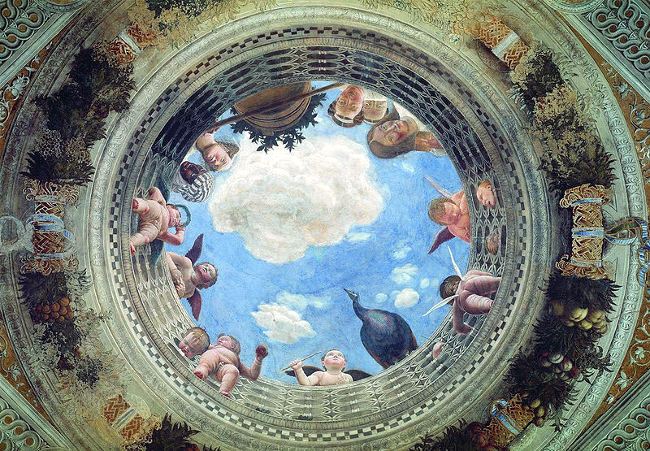The Overlap of the Italian and Northern Renaissance
 |
| Girl with a Pearl Earring By: Johannes Vermeer |
The Northern and Italian Renaissance were two time periods of great artists and artwork, overlapping between the 13th- 16th centuries. There are distinct differences between the works of art within both time periods that are influenced by all sorts of culture and geography. Here are a few paintings from the northern and Italian Renaissance that I gravitated towards that also help represent the differences between the two art styles.
Northern Renaissance (1400s-1600s)
| Young Hare By; Albrecht Dürer |
Italian Renaissance (1300s-1600s)
The Italian Renaissance is characterized by its focus on balance, mathematical perspective, and its beauty. Linear perspective is such a giant theme in this time period, as well as the use of focus points and beautiful soft blending known as "sfumato" to grab the attention of the viewer. The art from this time period also had many themes of religion and mythology and could often be seen from beautifully high ceilings. Some Famous artists from this era are Titian, Botticelli, Raphael, Michelangelo and Leonardo da Vinci.
 |
| The Ceiling Frescoes in the Camera Degli Sposi By: Andrea Mantegna This mural was created between 1465-1474 by Andrea Mantegna, located in the Ducal Palace in Mantua, Italy. The piece showcases Mantegna's mastery of foreshortening and feels playful as it has cherubs and figures that seem as if they're interacting with the people below, and it is one of the earliest and most famous examples of illusionistic ceiling painting. I have always wanted to see an authentic ceiling mural in person, maybe one day I'll visit the Ducal Palace. Bibliography |
-“10 Greatest Masterpieces of Italian Renaissance.” Art Lists. 9 June 2018. Web. 15 Feb. 2025.
-“Comparing the Northern and Italian Renaissance.” Students of History Teaching Resources. n.d. Web. 19 Feb. 2025.
- galleryIntell. “Young Hare by Albrecht Dürer.” galleryIntell. n.d. Web. 18 Feb. 2025.
I like your choices for your blog on this subject, I had a specific interest in Albrecht Dürer, while some of his paintings are calm and comforting he also had paintings he had done later in like (ex: The Four Horsemen of the Apocalypse, Melancholia I, along with some others). It was interesting to study him, and you are the first person I have seen that has taken an interest in him as well.
ReplyDeleteI also enjoy the ceiling paintings, can you imagine what that would have been like? To be commissioned to create such a piece, and throughout Europe you see these more and more. Good job on this piece!